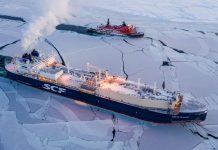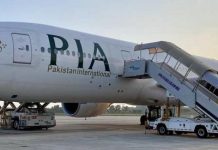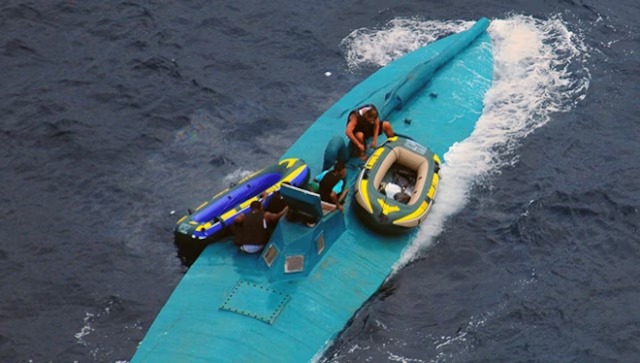Colombian drug cartels have always been on the lookout for ingenious ways to smuggle cocaine into the United States. That’s where narco subs, or narco submarines came into play.
Now, engineers from Pakistan have gotten into the trade and are helping Colombian cartels take things up a notch and move their illegal goods, using makeshift submarines, that are so ingenious and cleverly made, that they are virtually impossible to detect.
A Game Of Cash
These submarines require a minimum of $1 million for their construction. Some of the bigger ones that have been confiscated, could have cost about $2.3 million to make.
However, the returns they generate for their South American owners far exceed this cost, as they are employed to transport substantial quantities of high-quality cocaine between continents with an extremely low likelihood of being detected.
In 2020, the US Coast Guard confiscated 39 submersible submarines. The biggest the Mexican drug agencies caught that year was in the middle of construction, which was over 120 feet tall and just 10 feet wide. Experts believe that this particular submarine could easily transport well over 1000 kilos of cocaine. That’s about $128 million dollars (street value, as per Statista) worth of cocaine, in just one trip.
However, the US Coast Guard and Mexican agencies now have reasons to believe that the operation has become much more complex. And right they are.
New age narco subs are more sophisticated, stealthy
New-age narco submarines have the same rudimentary and fundamental design as the old ones, at least when it comes to appearances, At the same time, they are very ingeniously made and are designed to stay hidden. Most of these new-age narco subs can go to a maximum depth of 10 feet under the water, a feat that the older subs could never manage. Some of these new submarines are also sent to Spain.
The newer submarines are expertly concealed with dark grey or blue-green paint, rendering them nearly invisible to spotter planes by other vessels. Moreover, their radar signature is minimized, making them highly elusive to radar detection.
To further avoid thermal detection, an exhaust system channels the hot engine fumes underwater. Additionally, these narco-subs adopt a slow travelling pace during the day to minimize the wake they create. Their primary design objective is to avoid detection rather than outpace pursuers, and this strategy has proven effective. In the event that authorities do manage to locate them in the vast ocean, it is usually due to a tip-off or simply sheer luck.
Measuring approximately 30 metres in length on average and propelled by three outboard motors, these vessels are usually manned by three Latin-American crew members who usually move towards Mexico. Officials have suspected that the drugs on board would then get transferred to land, where the cartels use tunnels to get their products to their contacts in the US.
The Pakistan Connect
Narco subs, one could contend are the most remarkably efficient instrument ever created by global drug smugglers. Although not entirely a new concept, most of them, up until now were semi-submersibles, as only a small portion of their hulls stay above the waterline.
However, because the seas have proven to be the most profitable and safe passages for South American drug cartels, they have decided to double down on their discovered sea routes and go for complete submersibles.
For this, they needed engineers. Several engineers and mechanics from Afghanistan and Pakistan, who went to Colombia illegally, have joined the cartels and are making submarines.
Because of the economic crises in Pakistan and Afghanistan, people with technical skills or knowledge have found their way to several illicit trades across the world. In Colombia, there are a number of mechanics and engineers from these two countries who are working with these cartels.
Sources have told the US Coast Guard that these engineers are paid quite well. Some of the more experienced engineers are actually overseeing a massive network of sheds spread across Colombian forests, where these narco subs are mass-produced.
































